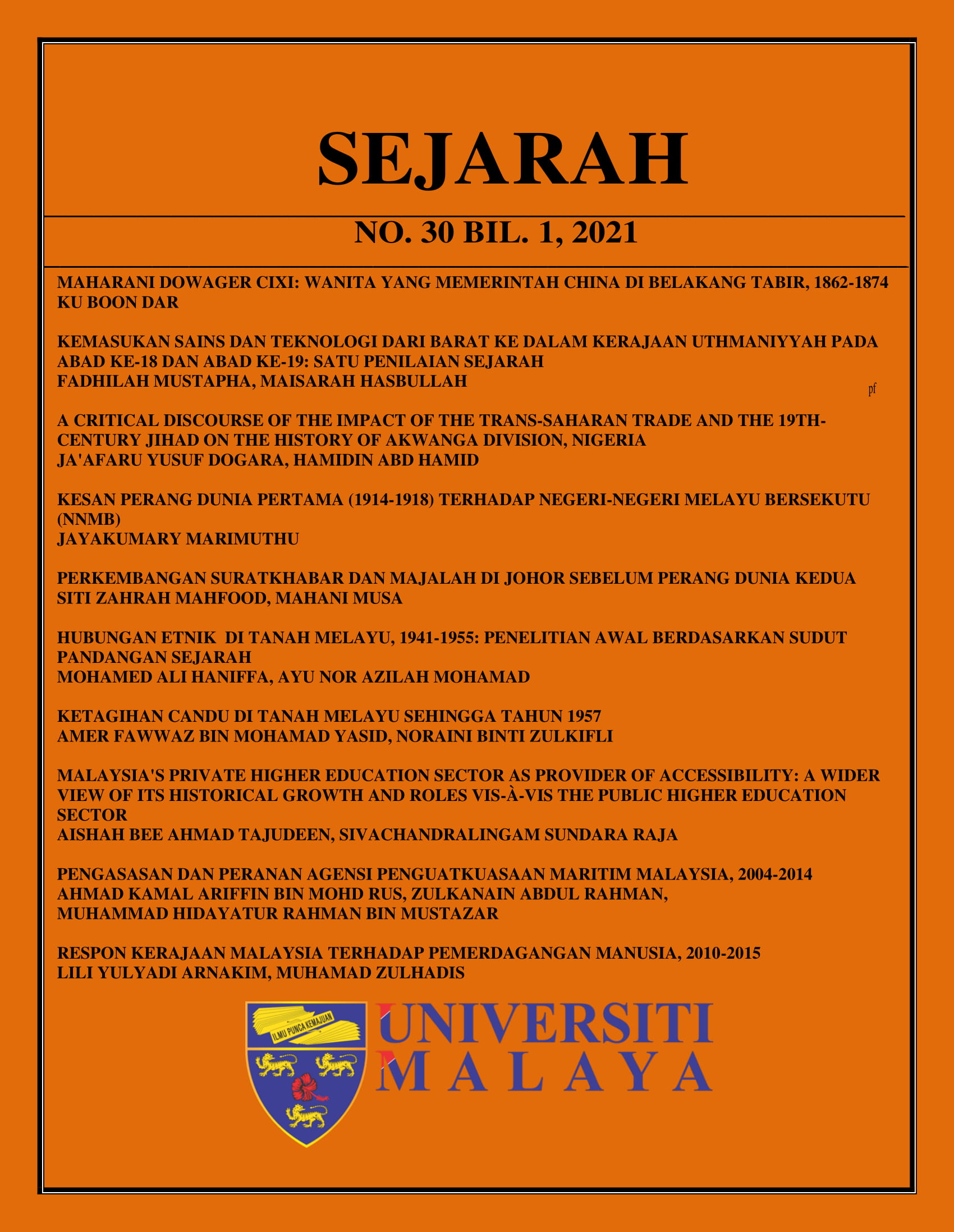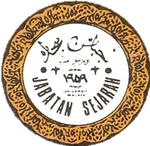MALAYSIA'S PRIVATE HIGHER EDUCATION SECTOR AS PROVIDER OF ACCESSIBILITY: A WIDER VIEW OF ITS HISTORICAL GROWTH AND ROLES VIS-À-VIS THE PUBLIC HIGHER EDUCATION SECTOR
DOI:
https://doi.org/10.22452/sejarah.vol30no1.8Keywords:
Privatization, Malaysia, Tertiary Education, 1996 Private Higher Education Act, Accessibility, Professional TrainingAbstract
Existing studies relating to the complementary functions of Malaysia’s private higher education institutions (PHIEs) to public higher education institutions, especially in terms of accessibility to tertiary studies, often suffer from a lack of comprehensiveness. While most of the previous works generally address the subject in a politico-economic and policy-making context, this paper discusses as extensively as possible the role of PHIEs in supplementing public higher education institutions from a historical perspective. The findings show it reconstructs the evolution of PHIE's roles as an alternative-provider from the promulgation of the Private Higher Education Act in 1996 to the first decade of the 2000s, primarily by using government official statistics from 2002 to 2010. Focus is put on the educational opportunities provided by private institutions; opportunities for studying courses not offered by public universities; opportunities for furthering study abroad through twinning programs and; the industrial relevance of the courses. Much of the discussion is in the form of qualitative analyses of statistical data.
Received: 5 April 2021
Reviewed: 8 April 2021
Accepted: 28 June 2021


